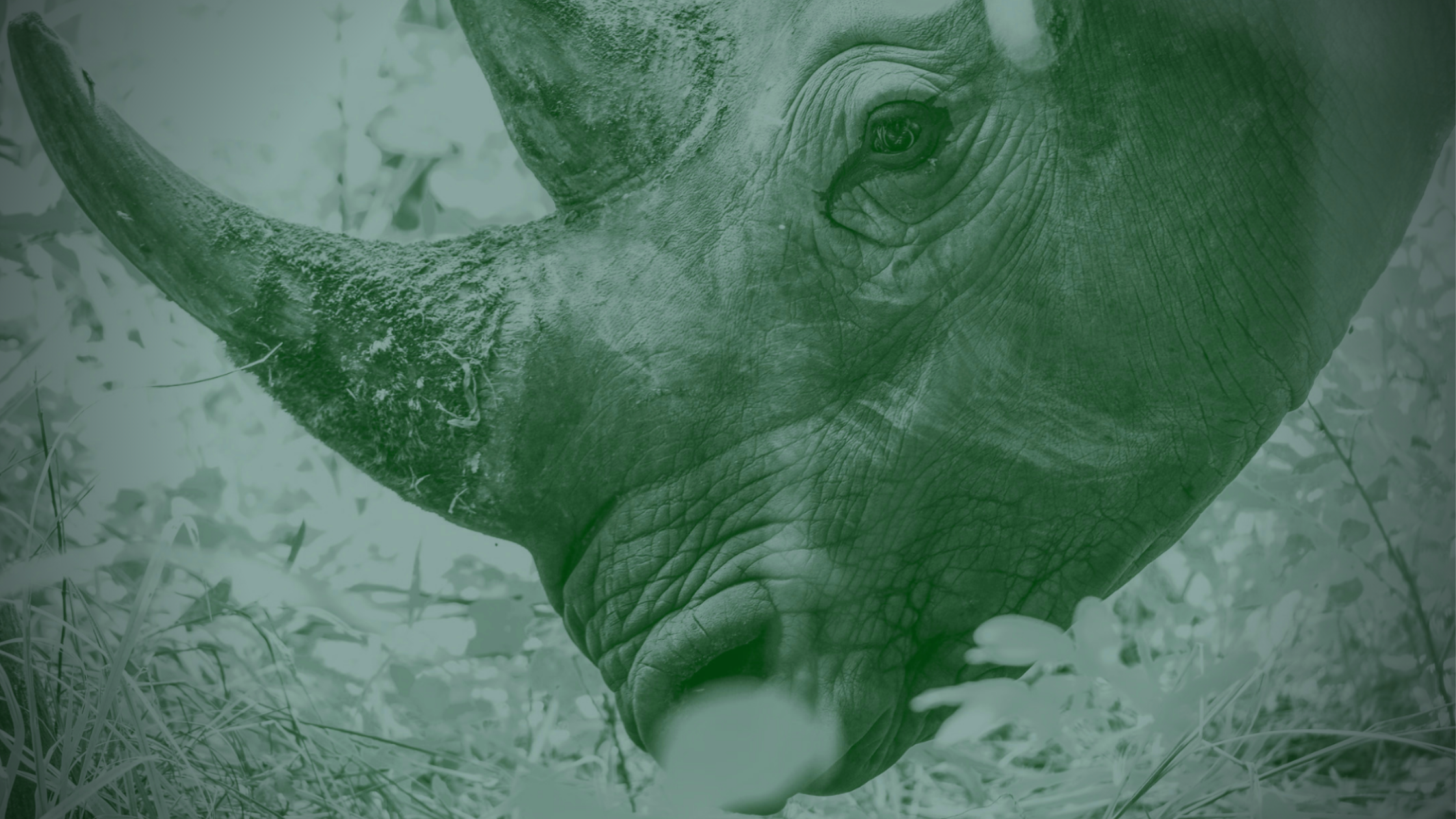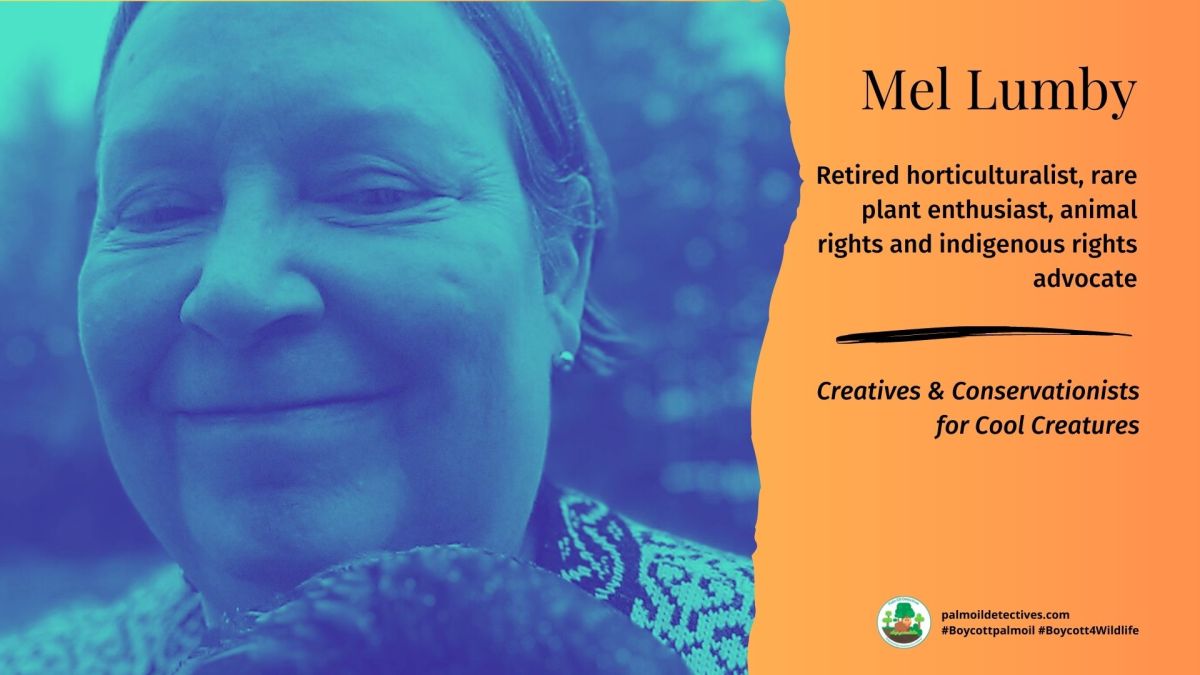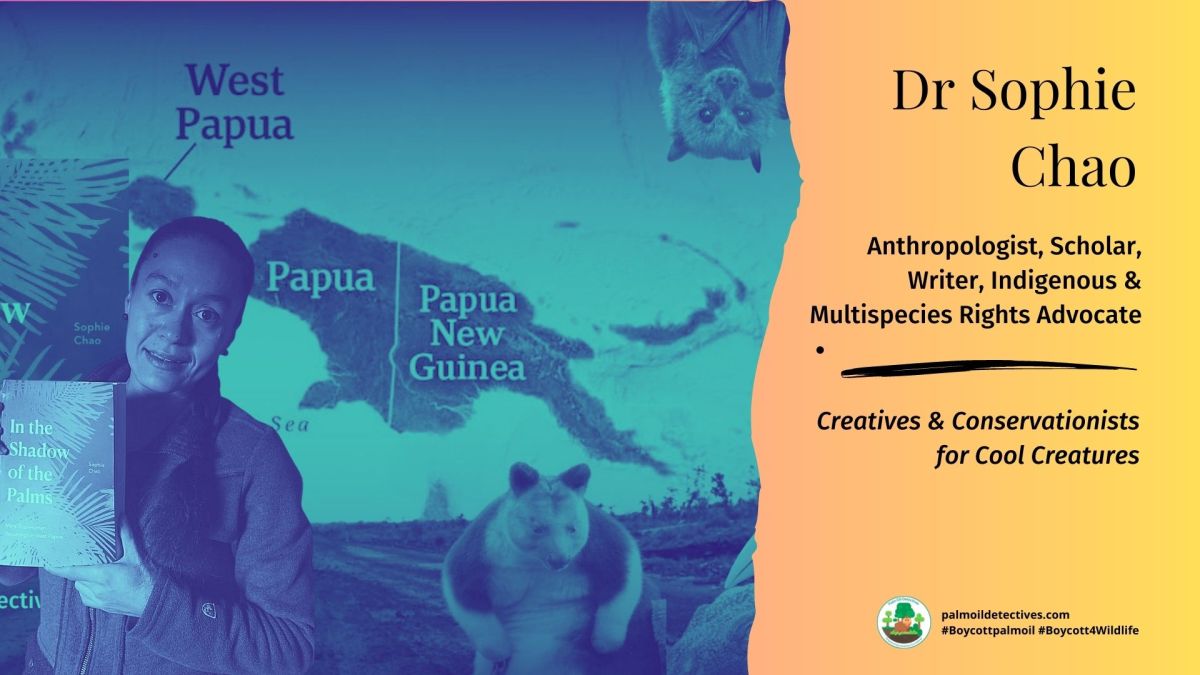Dusky Langur Trachypithecus obscurus
Endangered
Malaysia; Myanmar; Thailand
Dusky Langurs are beautiful primate threatened by #palmoil #deforestation in #Malaysia #Myanmar and #Thailand. Help them by supporting @LangurPenang and #Boycott4Wildlife the supermarket brands destroying their home
Tweet
Playful, gregarious and social Dusky Langurs prefer to live in closed primary forests, but they can also be found in old-growth secondary and disturbed forests, plantations, urban areas, and parks, suggesting that they are adaptable compared to other colobine species. They are mostly tree dwelling and active during the day. They face many threats including hunting and deforestation for palm oil and other agriculture. Help them every time you shop and #Boycottpalmoil #Boycott4Wildlife
Hunting for food is a major threat, as is fragmentation, habitat loss and degradation due to expanding oil palm plantations, agriculture, urbanization, and touristic development (Groves et al. 2013). In Peninsular Malaysia the langurs are frequent victims of road-kill (Boonratana 2003).
IUCN Red list
https://youtube.com/shorts/jS94uFtDyyw?feature=share



They consume a varied diet of fruit, flowers and other items. Individuals are able to take advantage of unripe fruit, which have chemical defenses, by the same means that they break down toxins in plant leaves, using the bacteria found in their digestive system (MacKinnon and MacKinnon 1980).
New-borns of Dusky Langurs have bright orange fur with pink skin. The orange coating begins to shed 2nd week after birth. At around 3rd week old, black-greyish hair starts to appear on the forehead, tail, and limb. By 4th month old, the head and back are black-greyish with only the cheeks showing traces of yellow. After six months, their entire bodies are light black-greyish, which grows darker as they become juveniles. The secondary layer of white-ish fluffy hair will only start growing at 6th month old.
The Dusky Langur is often found in single female-multiple male groups or in multiple male and female groups of around 10-20 individuals.
Help save this beautiful species from extinction
The Dusky Langur Project Panang
Further Information

Boonratana, R., Ang, A., Traeholt, C. & Thant, N.M.L. 2020. Trachypithecus obscurus. The IUCN Red List of Threatened Species 2020: e.T22039A17960562. https://dx.doi.org/10.2305/IUCN.UK.2020-2.RLTS.T22039A17960562.en. Downloaded on 26 June 2021.

How can I help the #Boycott4Wildlife?
Contribute in five ways
1. Join the #Boycott4Wildlife on social media and subscribe to stay in the loop: Share posts from this website to your own network on Twitter, Mastadon, Instagram, Facebook and Youtube using the hashtags #Boycottpalmoil #Boycott4Wildlife.
2. Contribute stories: Academics, conservationists, scientists, indigenous rights advocates and animal rights advocates working to expose the corruption of the palm oil industry or to save animals can contribute stories to the website.
3. Supermarket sleuthing: Next time you’re in the supermarket, take photos of products containing palm oil. Share these to social media along with the hashtags to call out the greenwashing and ecocide of the brands who use palm oil. You can also take photos of palm oil free products and congratulate brands when they go palm oil free.
4. Take to the streets: Get in touch with Palm Oil Detectives to find out more.
5. Donate: Make a one-off or monthly donation to Palm Oil Detectives as a way of saying thank you and to help pay for ongoing running costs of the website and social media campaigns. Donate here








